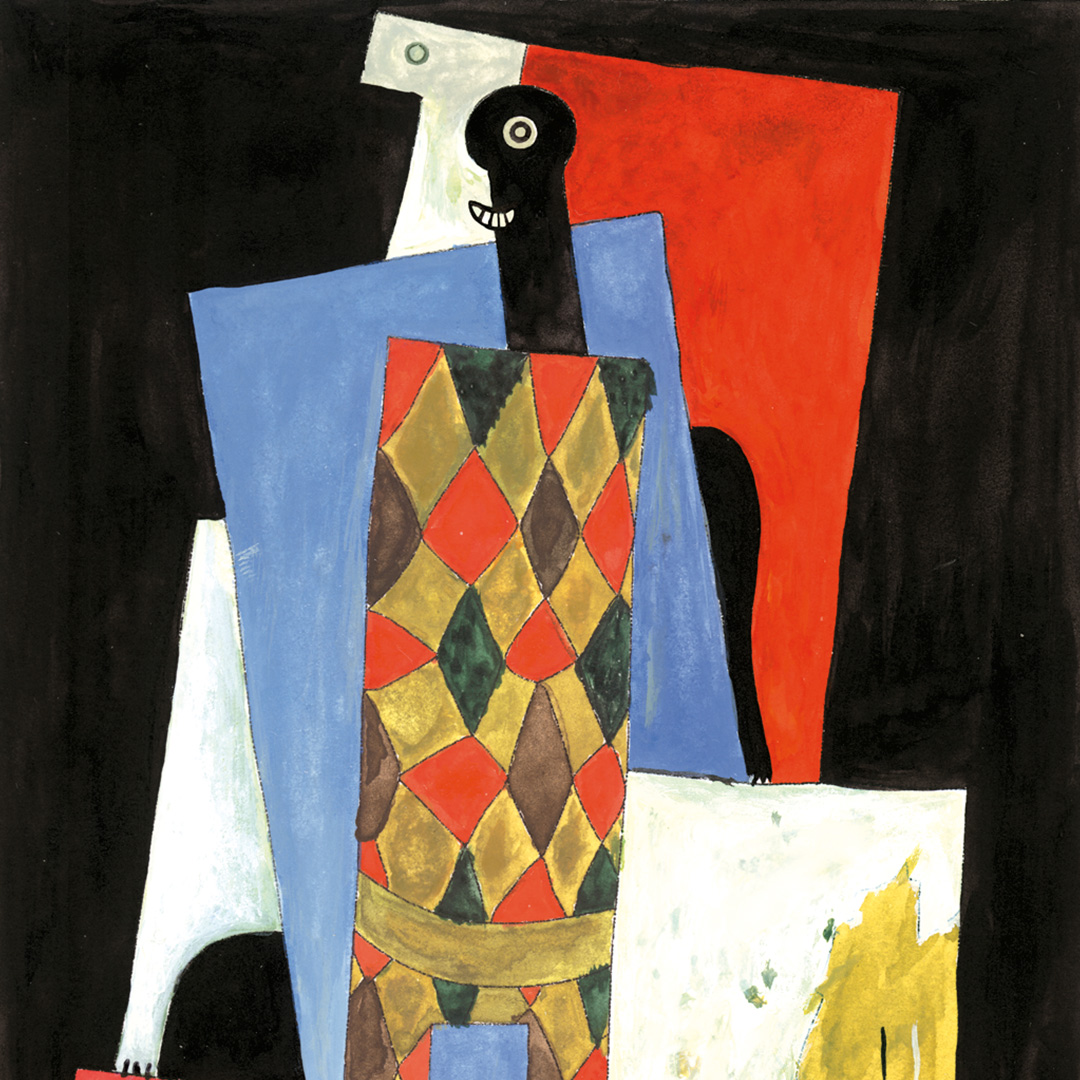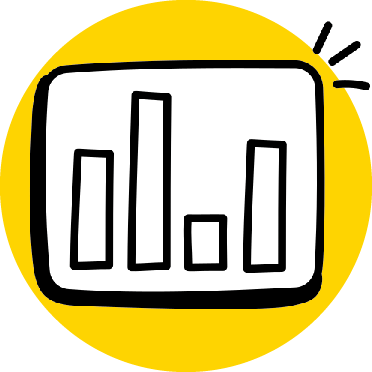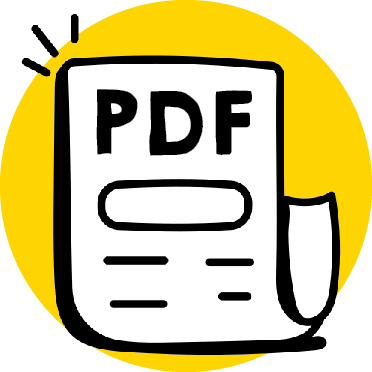Modern Classics - About the artist and his painting:
Pablo Picasso (1881-1973) was a Spanish painter, drawer, graphic artist and sculptor and is one of the most important artists of the 20th century. He created over 15,000 works, including drawings, graphics, oil paintings, sculptures and ceramics. His works showcase an incredible variety of artistic and avant-garde forms of expression, ranging from classical to abstract. Together with Georges Braque, he founded cubism, setting a turning point in art and marking the beginning of abstract painting and artistic abstraction.
Harlequin
(1915, oil on canvas, 72.2 x 41.4 in)
The painting “Harlequin“ is a typical example of cubist painting. The people, objects and space depicted were “disassembled“ by Picasso into individual parts and then painted with clear outlines, fewer dimensions and vibrant colors. The overlapping of the surfaces suggests a physicality without losing the two-dimensionality.
What does this resource contain?
- Postcards (5.8 x 4.1 in)
- Miniature (6.3 x 3.5 in)
- Study painting (9 x 5.1 in)
- Group Work Poster (56.7 x 26 in)
How can I make the group work poster?
- Print the poster templates on white printing paper.
- Color
or paint the individual sheets according to the template or your own
imagination. Make sure that the dotted lines around the outside remain
visible.
- Once dry, cut out the colored sheets along the
dotted lines and sort them- each letter in a separate pile. Then sort
them by number so that 1 is on top and 4 is on the bottom.
- Glue
all ‘A’ sheets together. To do so, apply glue to the long tab on the
right side of sheet A1 and glue sheet A2 on top of it so that its left
edge is aligned with the solid line. Glue A3 to A2, A4 to A3 and so on
until you get to A4. Repeat this process with all rows.
- Now glue row B’s upper edge to the tab on the lower edge of row A. Then glue row C to row B and so on until all rows are glued together. Your poster is finished!
Labbé GmbH
Walter-Gropius-Str. 16
50126 Bergheim
Germany
hello@labbeasy.com









